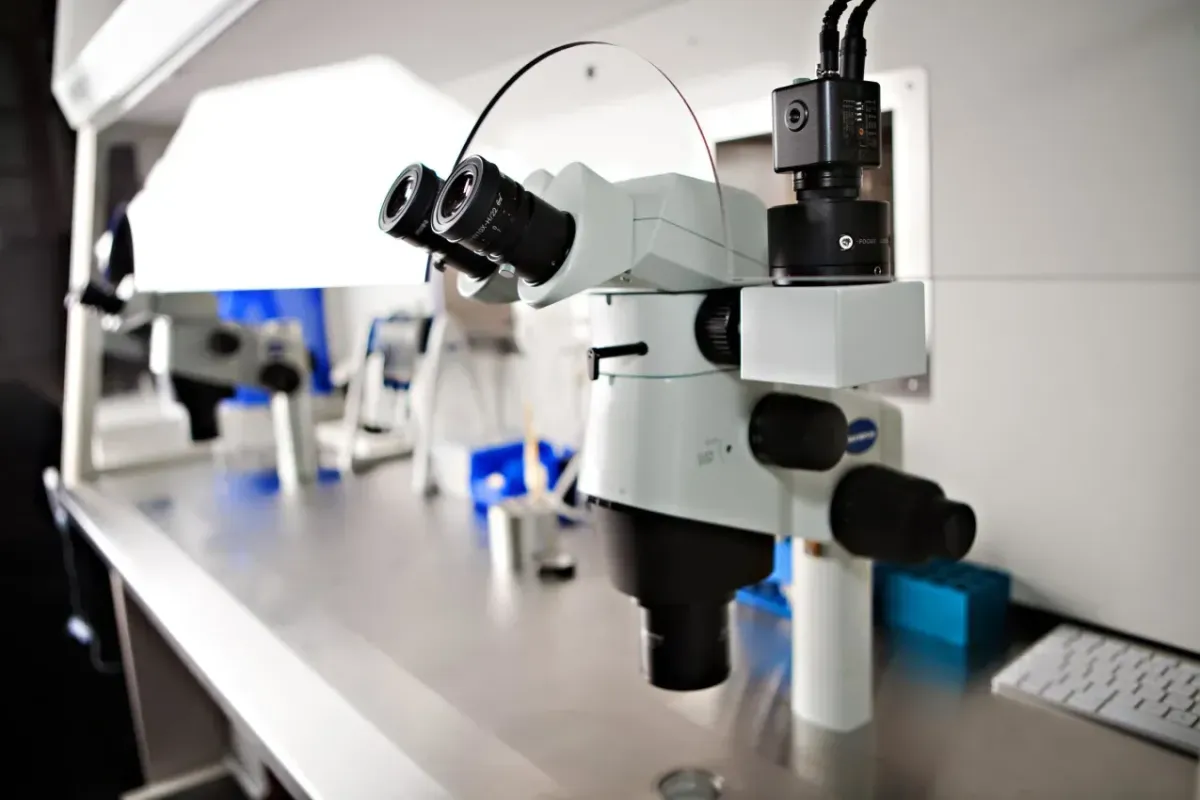IVF Academy Blog
Cutting edge publications and research
from the IVF Academy Team.

Removing assessment points for time savings in the embryology laboratory
Objective:
Historically the timing if intracytoplasmic sperm injection (ICSI) has been required to be performed 4 to 6 hours post retrieval or 40 to 42 hours post ovulation inductions. The objective of this study is to demonstrate that the timing of can be performed earlier without compromising embryo quality. Additionally, removal of the fertilization confirmation and day 3 assessments to increase the time for the embryologists to perform more cases. Fertilization confirmation and day 3 assessments are expected to take 20 minutes for each assessment with documentation and reporting to the patient through the EMR portal.
Materials & Methods:
Between July 2021 and February 2022, a total of 109 patients were presented for IVF with ICSI. Following a controlled hyperstimulation, 36 hours post ovulation induction the oocytes were retrieved into the laboratory. Immediately post retrieval the cumulus/oocyte complexes were treated with 80 iu hyaluronidase (Sage) followed by ICSI. ICSI was completed 1 to 2 hours post retrieval. No evaluations were performed until the 5 th and 6 th days of culture post retrieval. Embryo development, cryopreservation, euploidy rates, and no read rates were monitored and compared to the conventional methods of later ICSI combined with the extra monitoring on day 1 and 3.
Results:
A total of 59 patients were retrieved in the conventional group (CG) with the extra monitoring and delayed ICSI. Fifty patients were in the early ICSI and minimal monitoring group (MM). The CG yielded a total of 515 (76%) cleaved embryos of 610 mature oocytes inseminated with ICSI. This compared to the 393 (79%) cleaved in the MM group, Not significant. A total of 203 (33%) blastocyst were derived from the CG with significantly more blastocysts, 239 (48%) blastocysts from the MM group (P<0.05). These data yielding significantly more frozen embryos in the MM subgroup with 38.5% of the mature oocytes frozen compared to 26% in the CG. There was no significant difference between the two study groups for euploidy where the MM subgroups had 46% (75/161) euploidy compared to the CG with 51% 72/140) euploidy. Additionally, the number of no reads in the two groups were notsignificant with 1.2% in the MM and 0.7% in the CG.
Conclusions:
These data clearly show that performing ICSI earlier in the day and removing the day 1 fertilization and day 3 assessments was actually better for the overall blastocyst development and did not impact the euploidy of the embryos between the two subgroups. With the assumed 20-minute time savings of 59 day 1 and day 3 assessments in the CG took an additional 39 hours of embryologist time compared to the 50 assessments for each day in the MM group with a overall savings of 33 hours of embryology time. This extra time savings removes a lot of the stress of the daily assessments that must take place prior to the daily procedures, reporting and communication with the patients.
